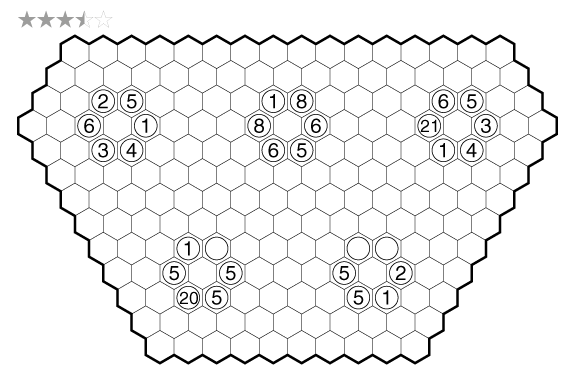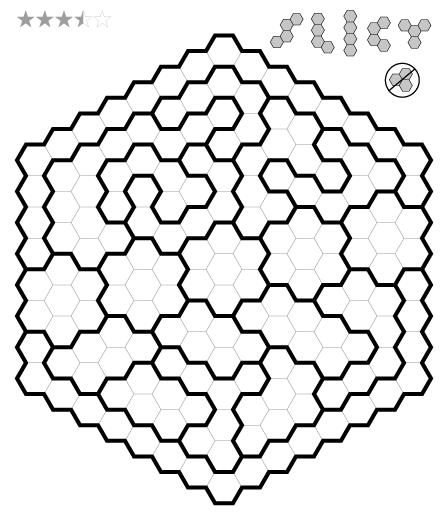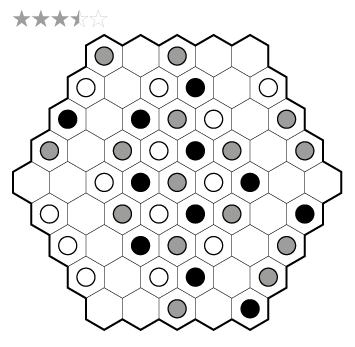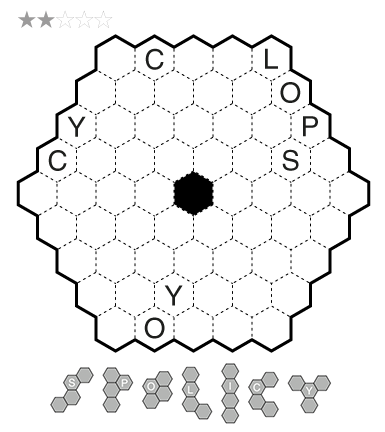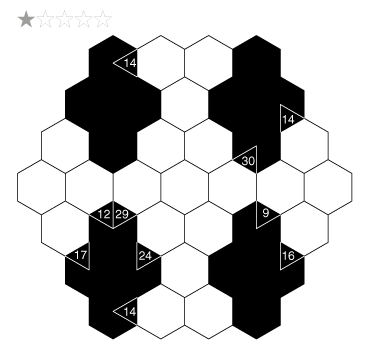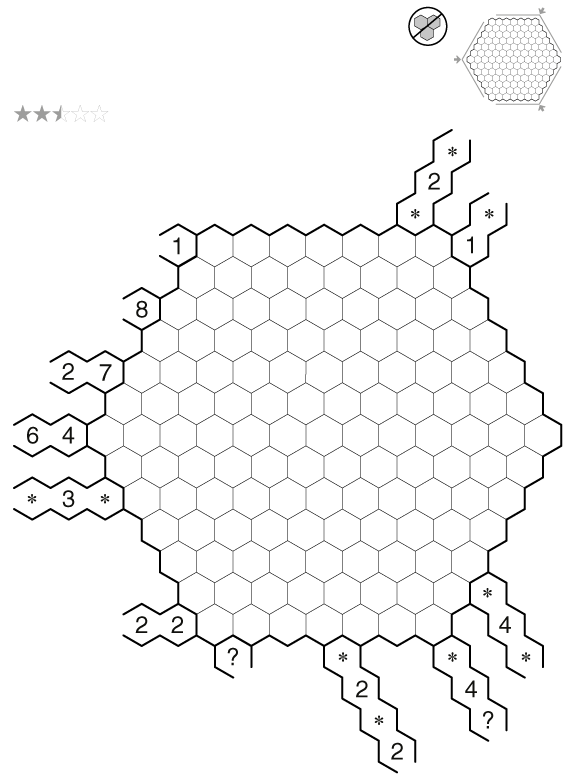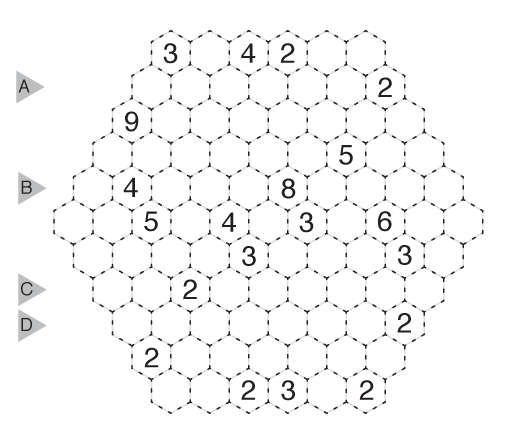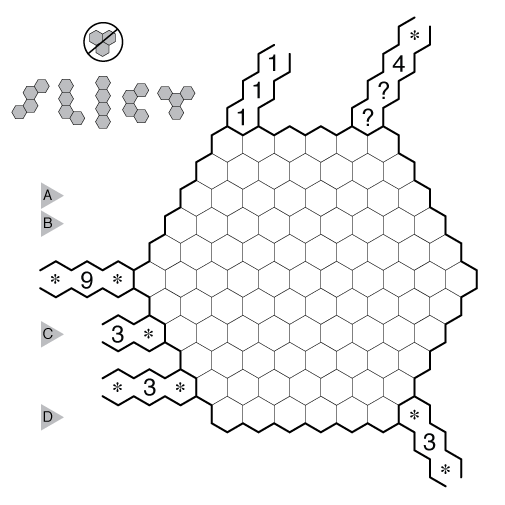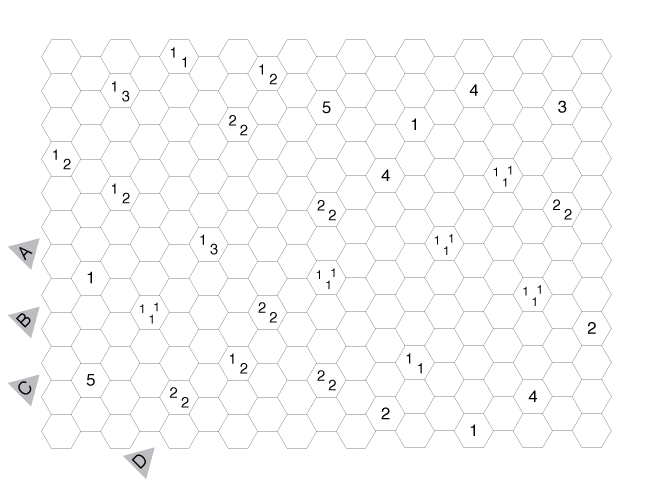Star Battle (Hex) by Joseph Howard
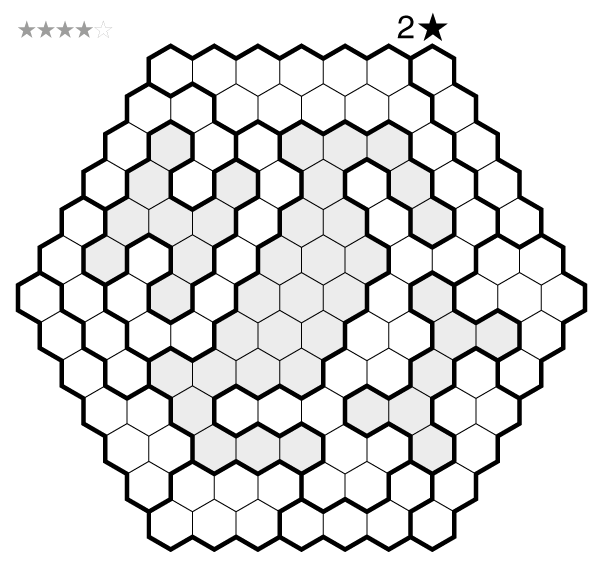
(view directly for a larger image)
or solve online (using our beta test of Penpa-Edit tools)
Theme: HEX Week
Author/Opus: This is the 25th puzzle from guest contributor Joseph Howard.
Rules: Fill some cells with stars so that each row (in a horizontal or either of two diagonal directions) and bold region contains the indicated number of stars. Stars cannot be placed in adjacent cells that share an edge.
Difficulty: 4 stars
Time Standards (highlight to view): Grandmaster = 5:15, Master = 9:45, Expert = 19:30
Solution: PDF; a solution video is also available here.
Note: Follow this link for other classic Star Battles and this link for Star Battle variations. If you are new to this puzzle type, here are our easiest Star Battles to get started on. More Star Battle puzzles can be found in The Art of Puzzles, in the books Star Battle by JinHoo Ahn and Star Battle 2 by JinHoo Ahn and Murat Can Tonta, and in our beginner-friendly collection Intro to GMPuzzles by Serkan Yürekli.

